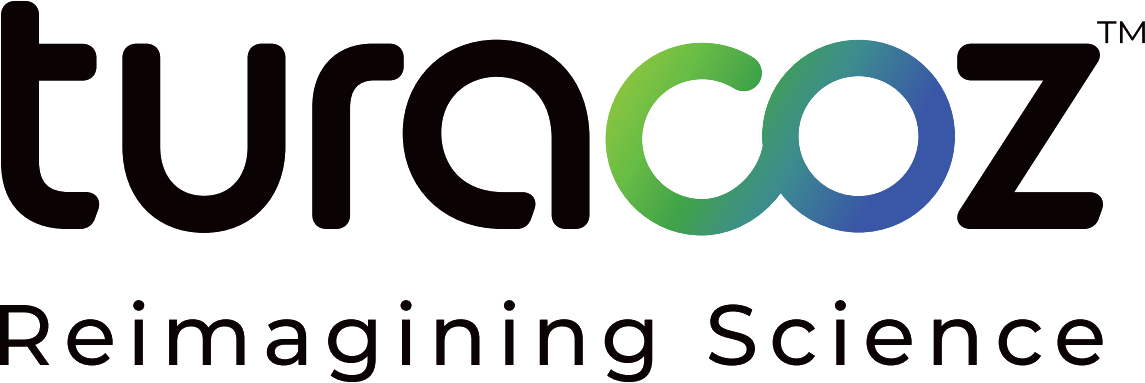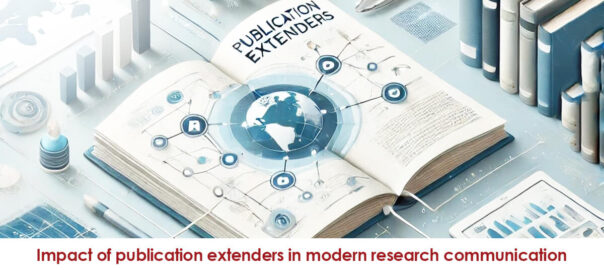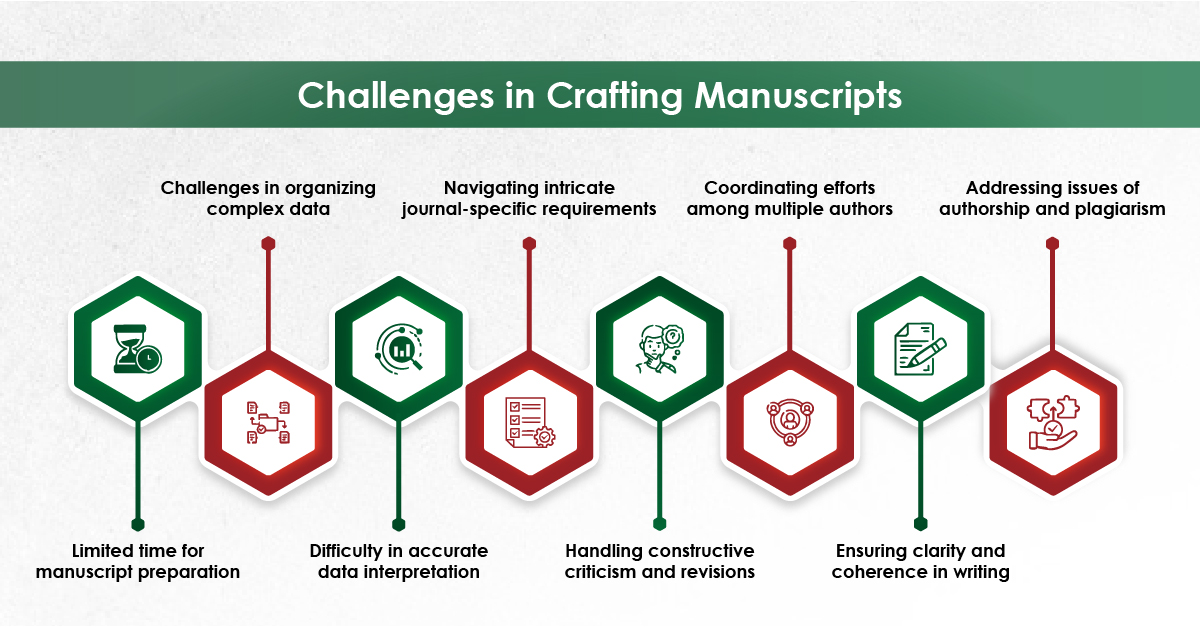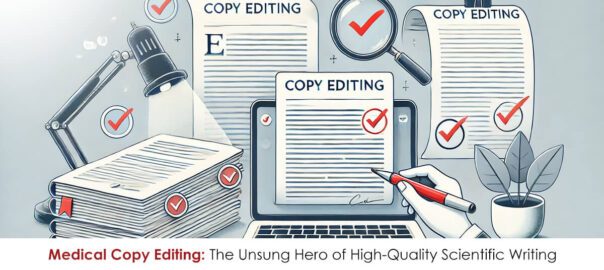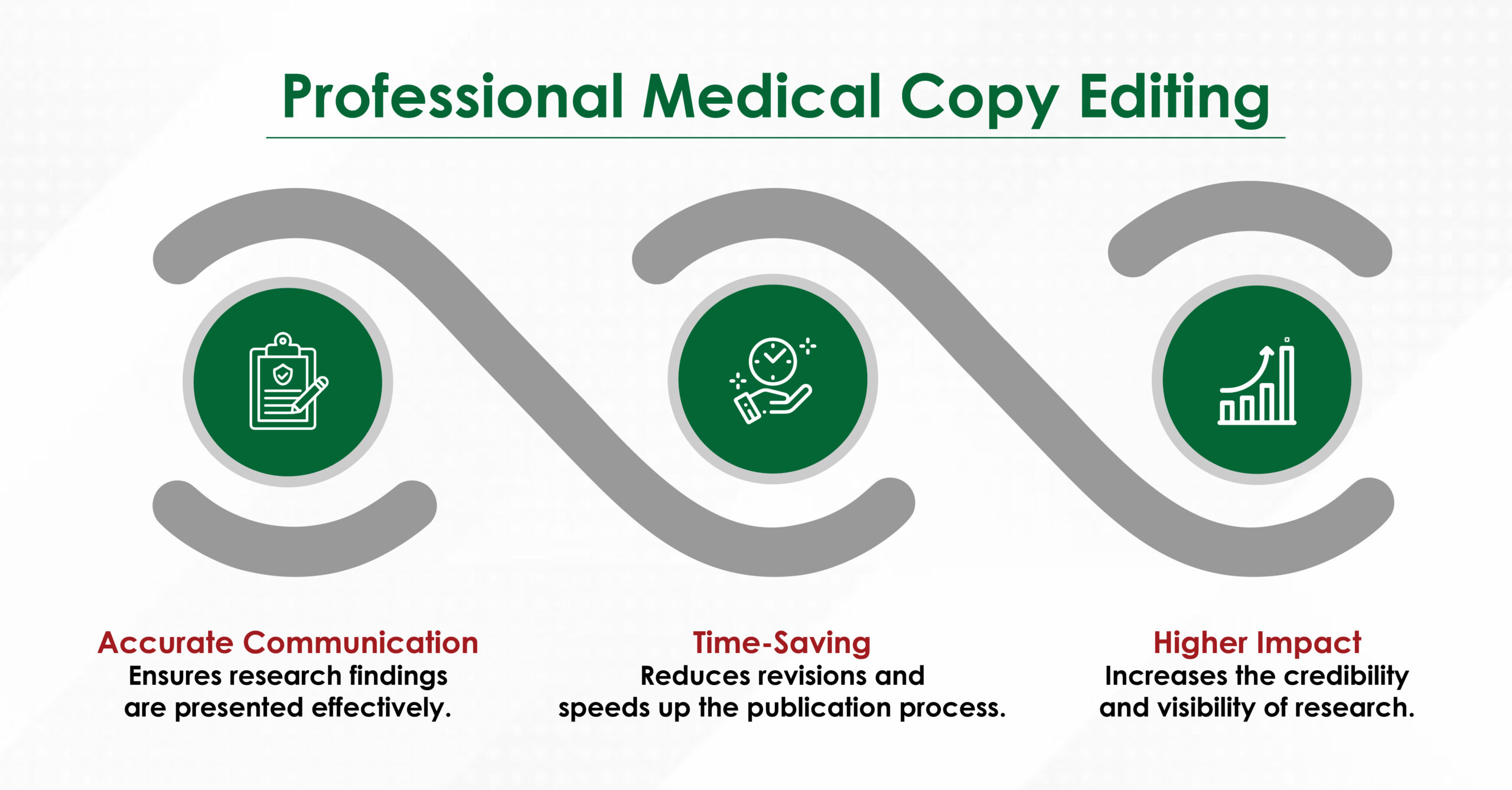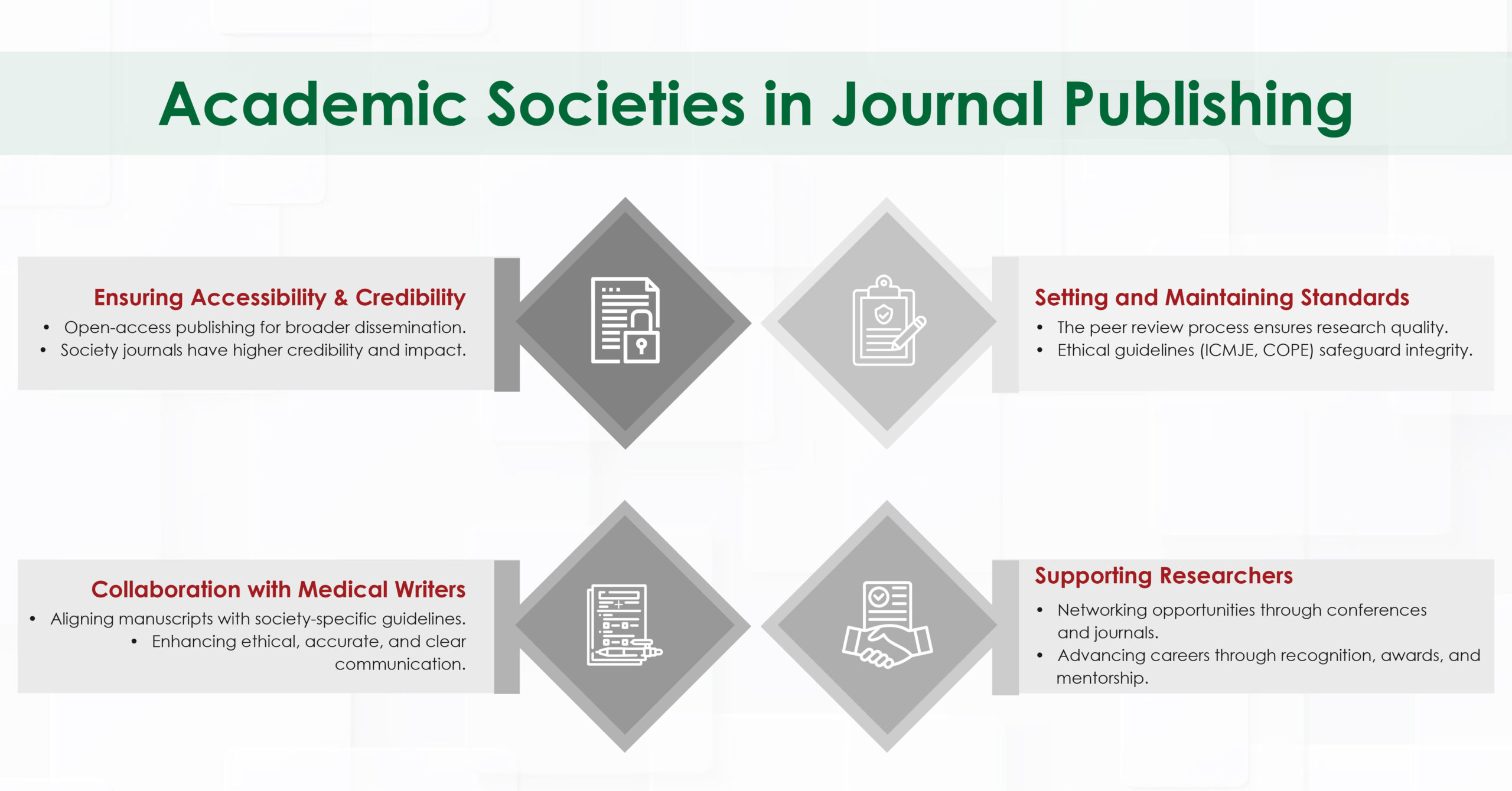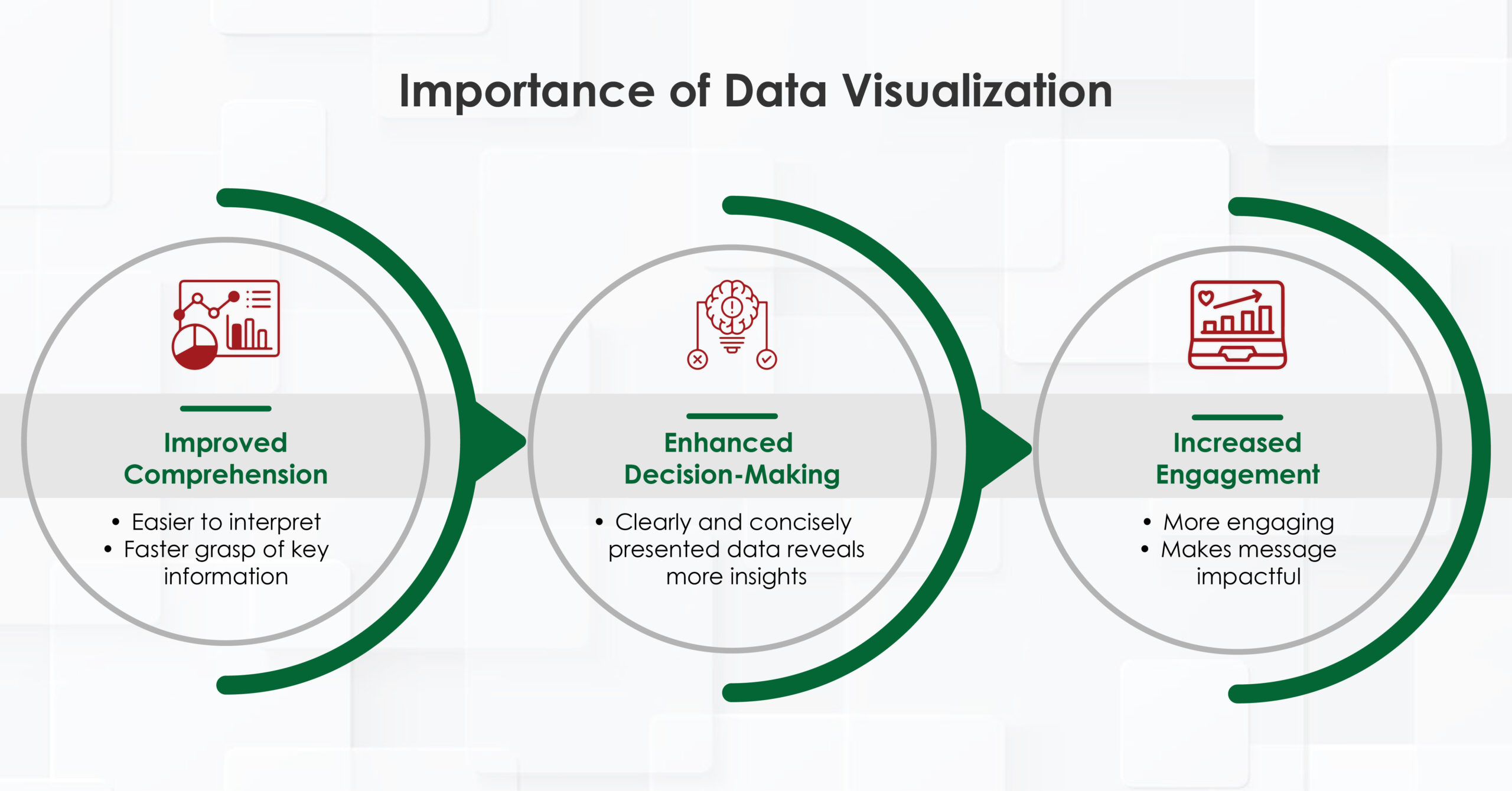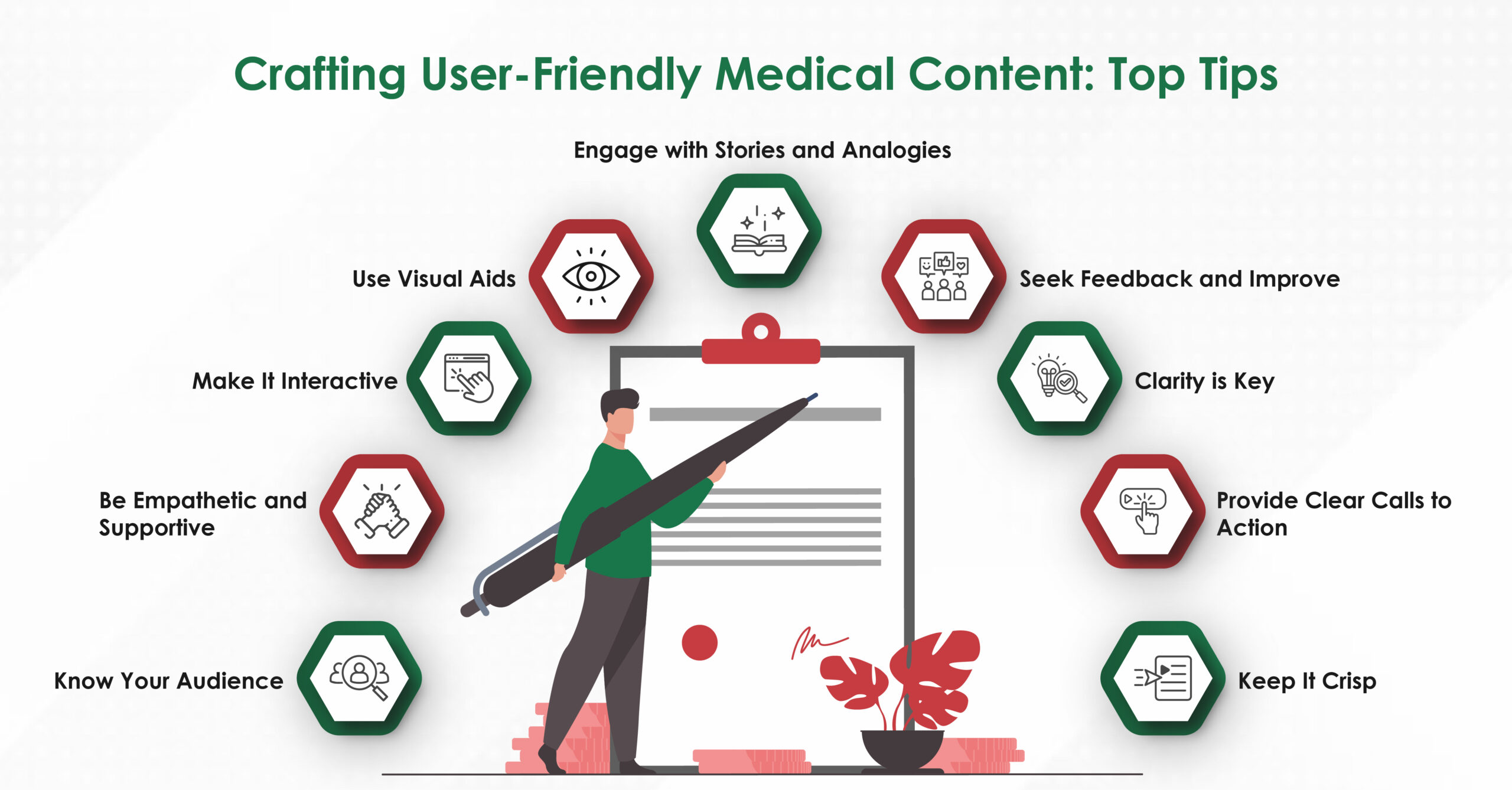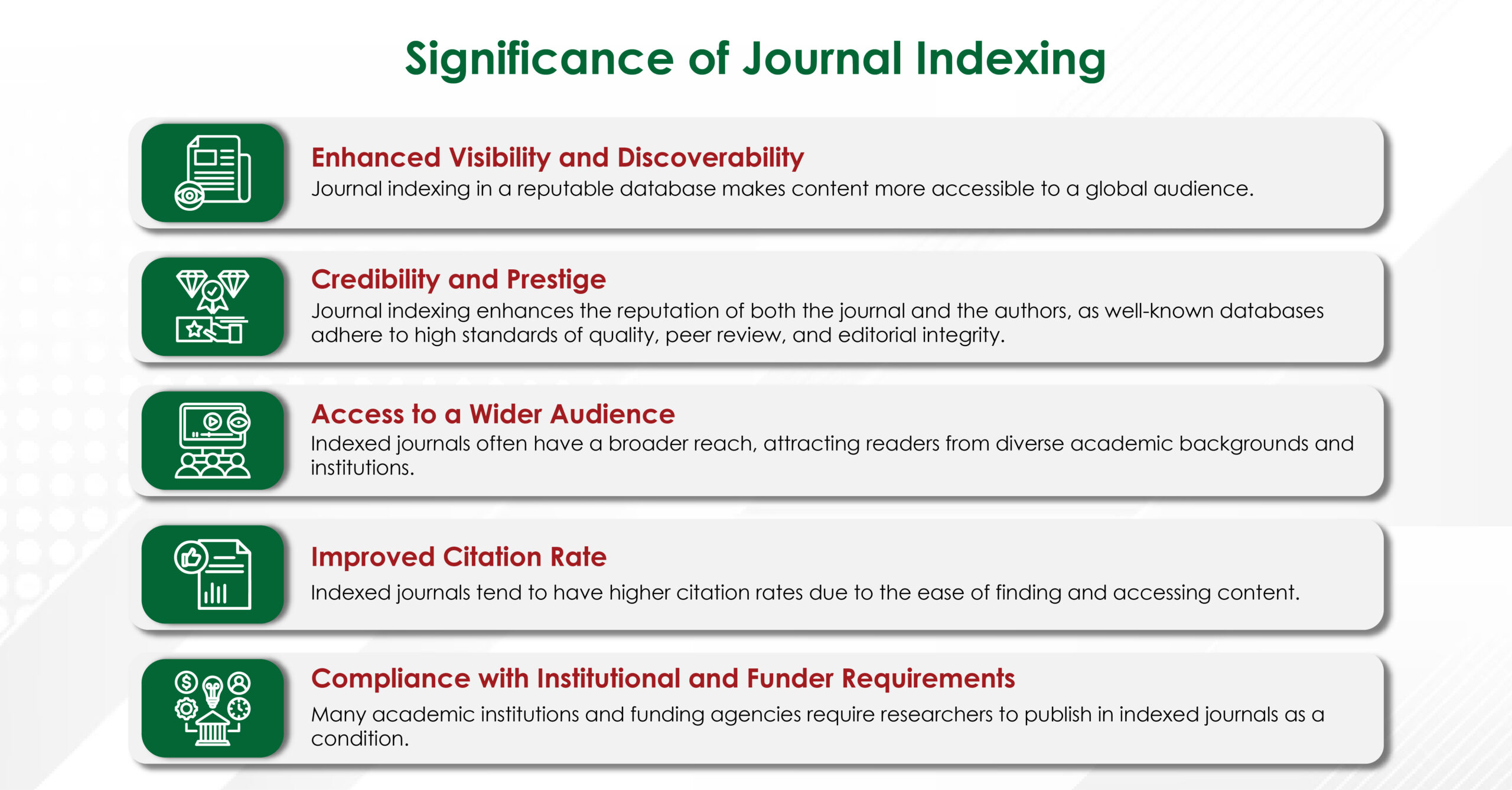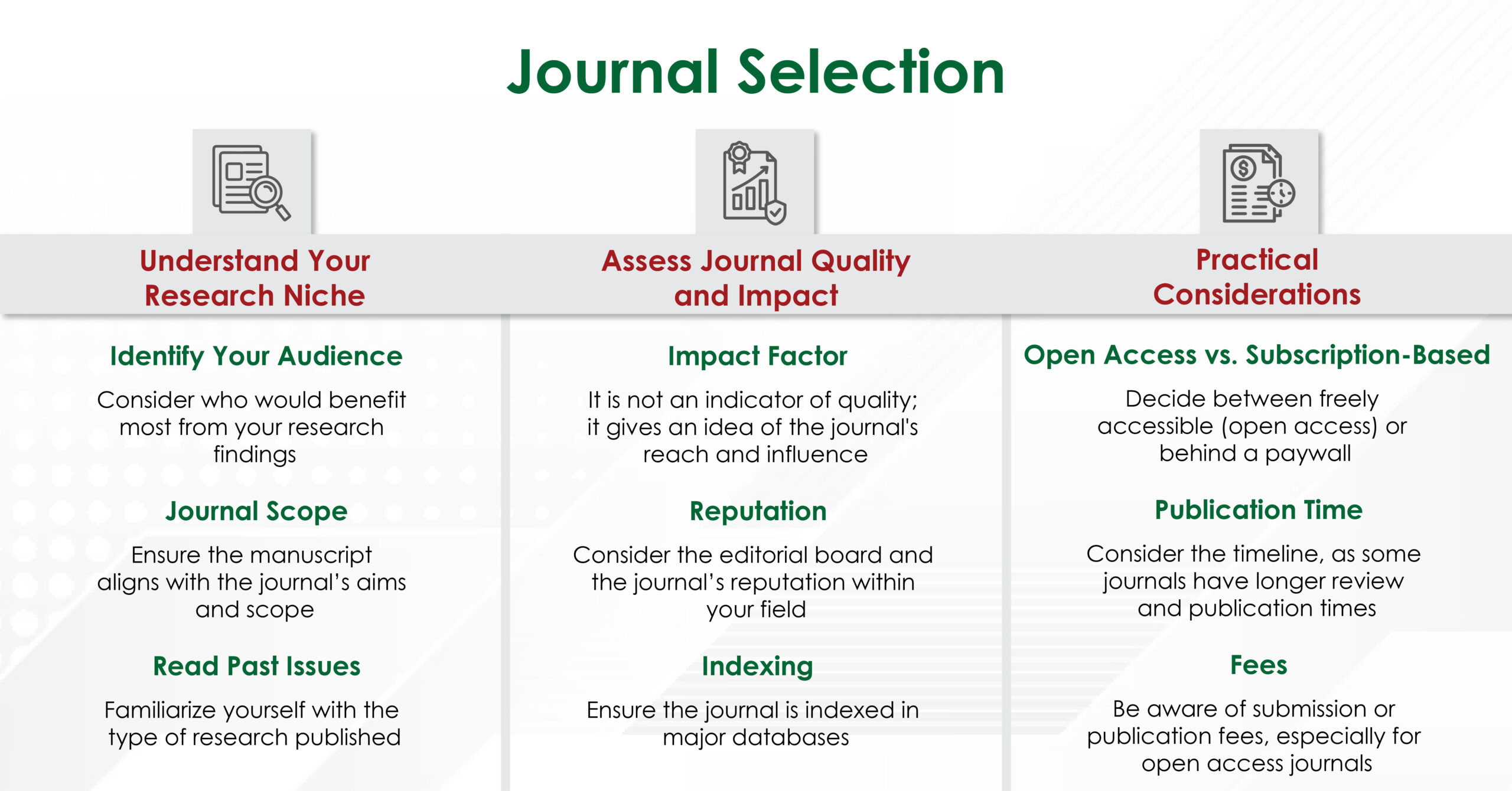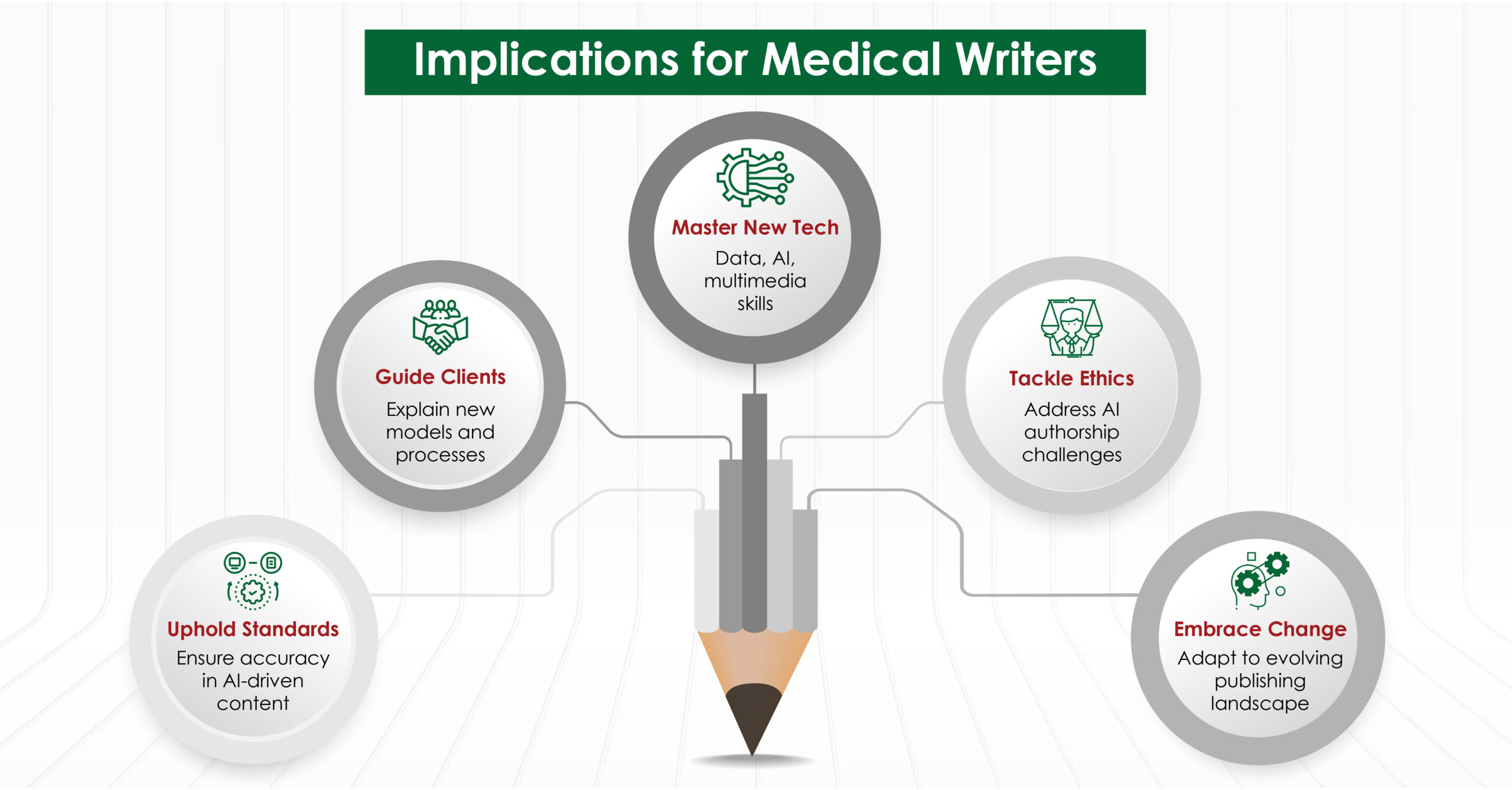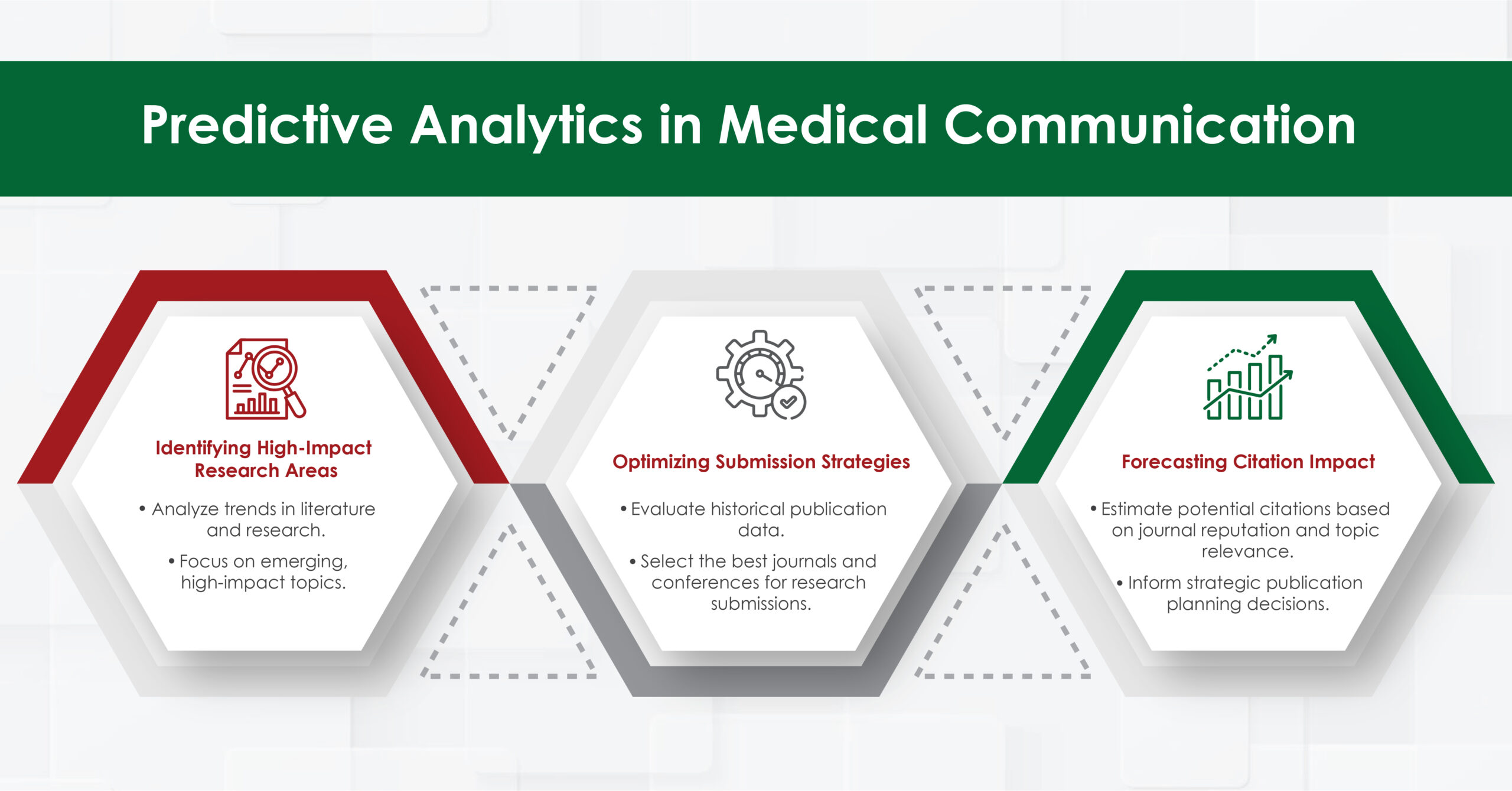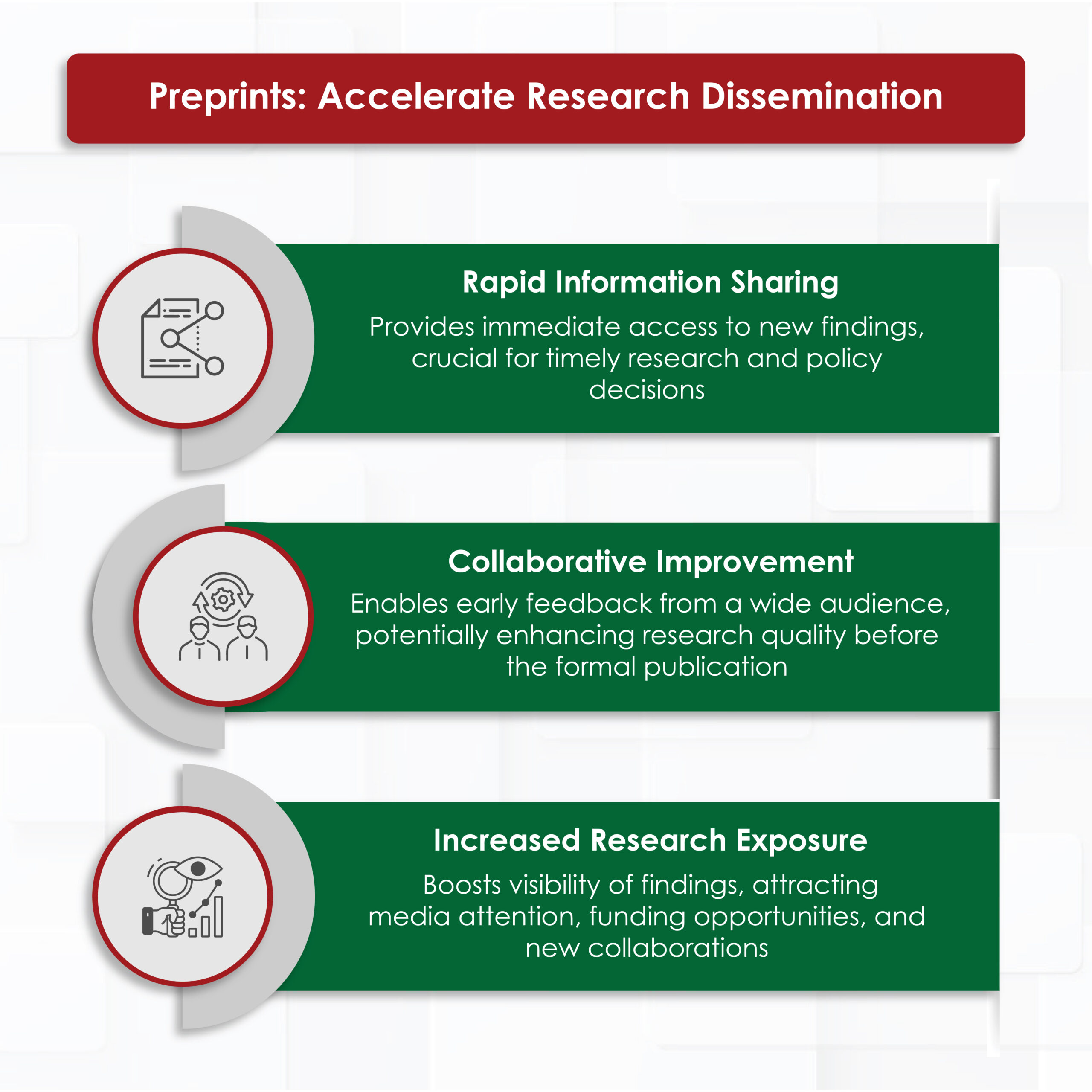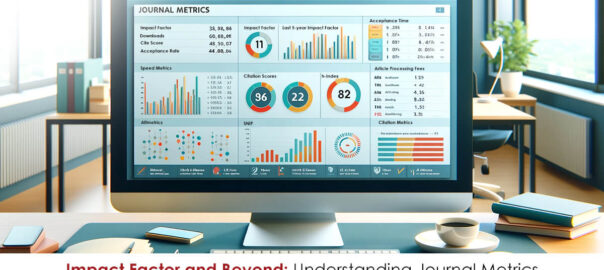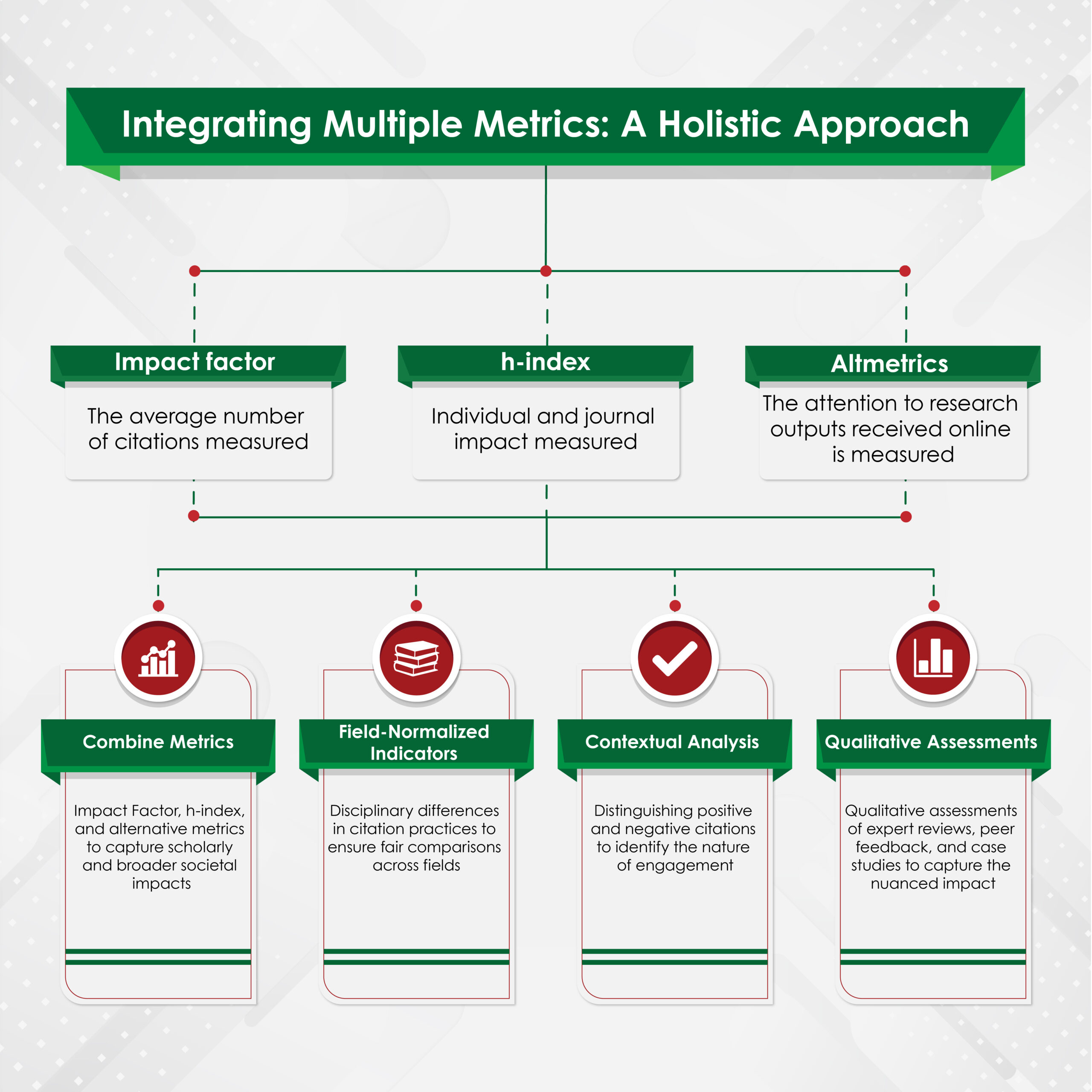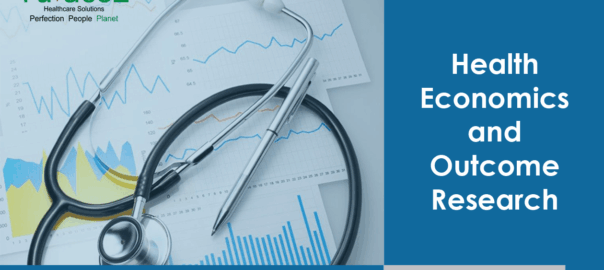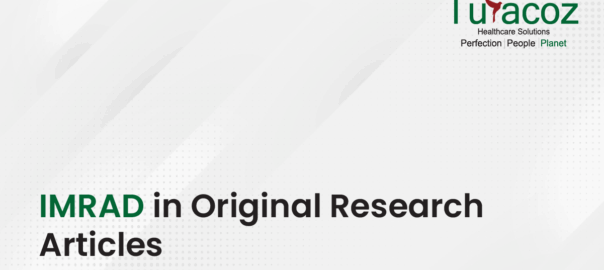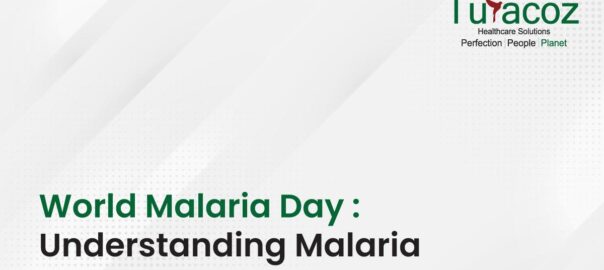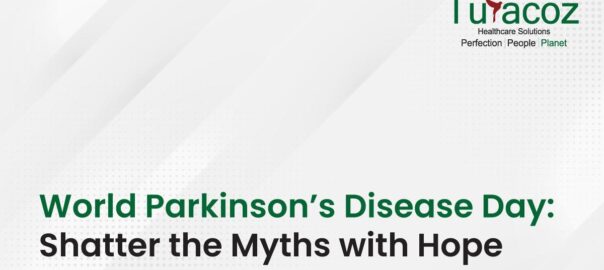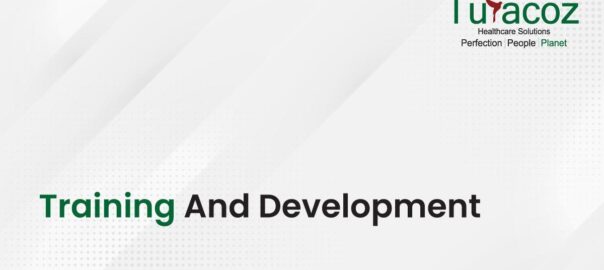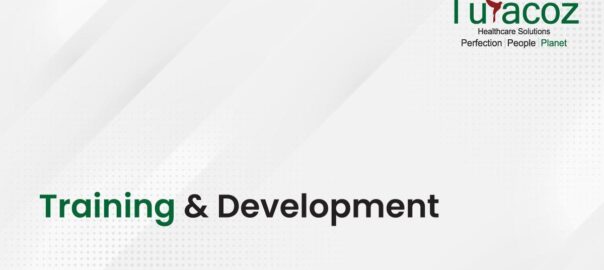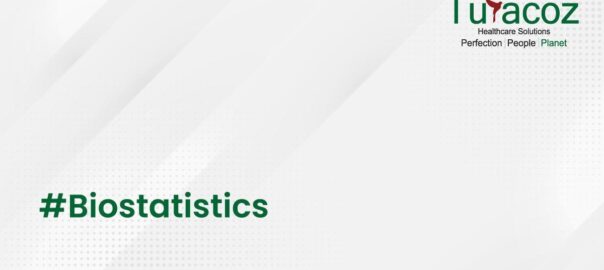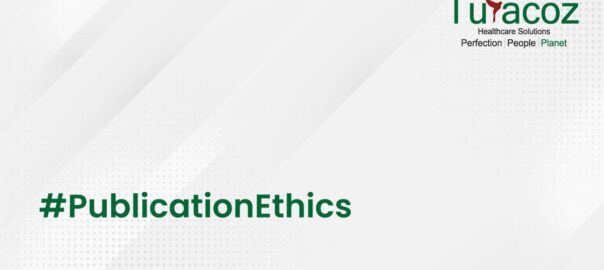In the fast-evolving landscape of academic and medical publishing, journals and publication houses strive to stay relevant by providing comprehensive content and ensuring its timely dissemination. Leveraging publication extenders—a value-added service designed to expand the lifecycle and impact of published content—has become an innovative way to achieve these goals. This blog explores how publication extenders work, their benefits, and how a collaborative approach can elevate your journal’s reach and influence.
- What Are Publication Extenders?
Publication extenders, also referred to as publication enhancers, are innovative strategies that go beyond traditional publishing to maximize the reach and impact of research. By offering supplementary formats such as plain language summaries, infographics, video abstracts, and social media content, journals can connect with broader audiences. These are not only academic and clinical communities but also policymakers, patients, and the public. Publication extenders transform dense academic research into accessible, engaging, and widely shareable formats, ensuring greater visibility and impact.
- Challenges of Traditional Publishing
While peer-reviewed journals, conferences, and books have long been the pillars of research communication, traditional publishing faces several limitations:
- Limited audience reach: Traditional formats cater primarily to specialized academic or clinical readers, leaving non-expert audiences underserved.
- Technical language: The complexity of scientific jargon can alienate policymakers, patients, and other stakeholders who may benefit from the research findings.
- Access barriers: Subscription-based models restrict access to critical research, limiting the audience and reducing the overall impact of the published work.
- Reduced engagement: Conventional articles often lack the visual and interactive elements preferred by modern readers, which can hinder engagement and dissemination.
- Innovative Strategies for Journals with Publication Extenders
Integrating publication extenders allows journals to address traditional publishing challenges and significantly enhance the reach and influence of their content. Here are some effective strategies tailored to journals’ needs:
- Plain language summaries: Simplified summaries that make scientific content accessible to non-specialists, fostering broader engagement.
- Infographics: Visual representations of data that create a reader-friendly experience, making complex findings easier to understand and share.
- Slide decks: Visually appealing, curated highlights that support authors and speakers in presenting research at conferences and other forums.
- Video abstracts: Short, dynamic videos distilling the study’s objectives, methods, and conclusions to create engaging content for digital platforms.
- Blog summaries: Concise, reader-friendly blogs that promote key insights and drive online traffic to the original article, reaching a wider audience.
- Interactive PDFs or e-learning modules: Provides enhanced reading experiences with clickable elements, supplementary data, and interactive features.
- Social media posts: Optimized content for platforms such as LinkedIn, Twitter, and Instagram, boosting visibility through targeted outreach.
- Why Publication Extenders Matter for Journals
In today’s dynamic publishing landscape, publication extenders have become essential tools, transforming how research is communicated and consumed. Here’s how they play a pivotal role:
- Bridging the accessibility gap: Extenders such as plain language summaries and infographics simplify complex findings, making research accessible to non-experts, including policymakers, patients, and the public.
- Amplifying engagement and reach: Formats such as video abstracts, blog summaries, and social media posts cater to digital audiences, extending research visibility across platforms and ensuring it reaches wider, more diverse audiences.
- Increasing citation and impact: Promoting research in multiple formats and on varied platforms enhances discoverability, driving citations and attention from both academic and non-academic stakeholders.
- Supporting author collaboration: Publication extenders provide authors with additional tools to disseminate their work, enhancing contributor satisfaction and fostering long-term relationships.
- Adapting to evolving reader preferences: Visual and interactive formats, such as slide decks and e-learning modules, cater to readers’ modern consumption habits, ensuring research is engaging and user-friendly.
- Building a competitive advantage: In a competitive publishing environment, journals that offer publication extenders differentiate themselves, attracting both authors and readers by demonstrating innovation and commitment to accessibility.
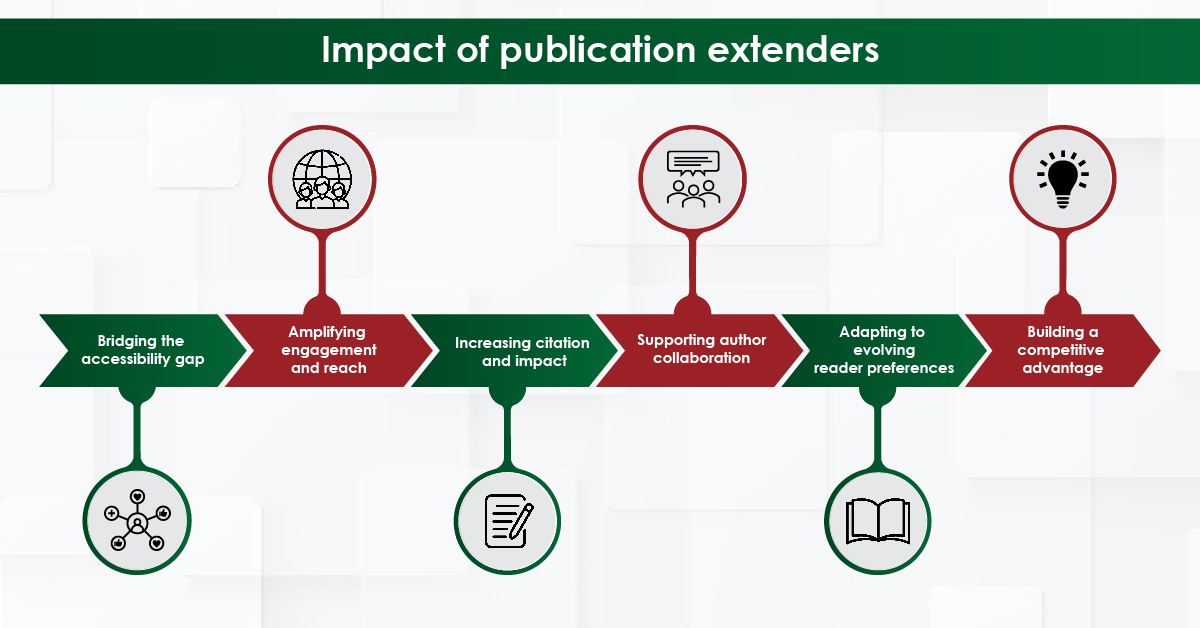
- How Collaboration Benefits Journals and Publication Houses
Collaboration with publication extender experts provides significant advantages for journals, enabling them to:
- Access specialized resources: Leverage a dedicated team with expertise in crafting high-quality supplementary materials.
- Optimize costs: Utilize affordable services that add value without burdening operational budgets.
- Enhance reputation: Position the journal as forward-thinking and innovative, and committed to making research accessible and impactful.
- Expand the journal’s network: Strengthen relationships with authors, readers, and stakeholders by offering comprehensive solutions that meet their needs.
- A Collaborative Vision
The vision for publication extenders is not just about enhancing individual articles—it is about redefining the role of journals as facilitators of knowledge dissemination. By embracing these tools, journals can transform how research is shared, making it accessible to a global audience while fostering deeper engagement. In doing so, they ensure their relevance in a publishing ecosystem that is increasingly focused on inclusivity and innovation.
- Conclusion
The future of publishing lies in bridging the gap between research and its audience by making content accessible, engaging, and impactful. Publication extenders empower journals to expand their reach, amplify engagement, and ensure that vital research resonates with diverse audiences. By adopting these innovative tools, journals can enhance their reputation as forward-thinking knowledge providers and drive meaningful changes in the publishing landscape.
With expertise in crafting customized publication extenders, ranging from plain language summaries and infographics to video abstracts and social media content, Turacoz offers comprehensive solutions to elevate your journal’s content strategy. Interested in maximizing the impact and reach of your publications? Contact us at [email protected] or visit www.turacoz.com to collaborate and take your publications to the next level.
